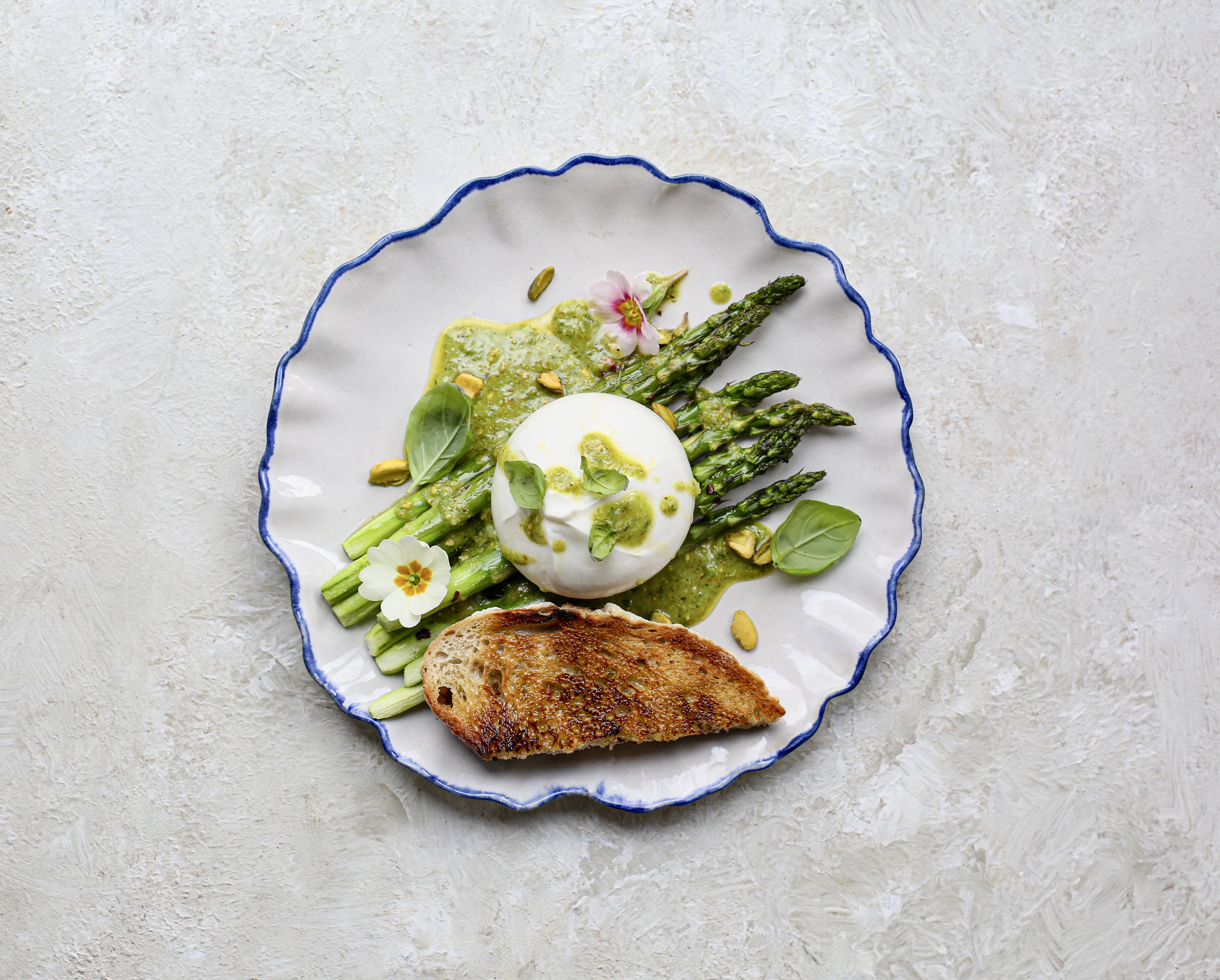Rediscovering Your Roots: Fabulous root vegetable recipes
Not just for roasting beetroot brownies, parsnip bread and carrot relish are three ways of making the most of root vegetables.

Root vegetables can be counted upon at any time of the year to be boiled, roasted or mashed to provide a crucial element to most meals. Easily stowed and available regardless of season, root veg are brilliant little storehouses themselves. The storage organs of plants, their bulbous, varied shapes are caused by roots becoming enlarged to retain energy in the form of carbohydrate. This not only means that root vegetables are packed with vitamins and proteins but they are also naturally sweet and this sweetness can be harnessed in different ways for some extremely exciting, and unusual, winter-time treats.
The carrot crop is Britain's major root vegetable, harvested almost twelve months of the year. The cause of their characteristic bright orange colour is the carotene content. This is broken down into vitamin A in humans (a deficiency of which does, in fact, cause poor vision). Selective breeding over centuries has rid the wild carrot of its inherent bitterness and slightly woody core, making the best carrots we find in our markets nowadays delightfully sweet.
Caramelized Carrot Relish
Wonderful with meats and cheeses, and the perfect complement to warm, crusty bread, this carrot relish tastes as good as it looks. The grated carrots (even finer if you use the grating blade on a food-processor) float sinuously in a brilliantly amber syrup, strewn with the odd fleck of pepper. Organic vegetables will give you a much cleaner tasting carroty body and a great burnt orange glow. Perfect for the sweet-toothed, this recipe accentuates the natural sugars of the carrot and, so, is almost like the conserves made during wartime when vegetables were more easily available than fruit. The addition of vinegar subtly cuts through the sweetness.
You will need: 500g sugar (I used 300g white caster sugar, 200g demerara) 200ml water 500g grated carrot 2 tsp grated lemon rind 4 tbsp lemon juice 2tbsp malt vinegar Salt and pepper, to taste
-Peel and grate the carrots and put into the jam pan with the water and lemon rind. Cook on a medium heat until tender. -Add the sugar and stir on a lower heat until dissolved. Add the lemon juice, vinegar, a pinch of salt and some freshly ground pepper. -Raise the heat and boil. Cook steadily until the mixture is thickened and has reached setting point. - Remove from the heat and cool slightly. Stir to distribute the carrot and then pour into warmed, sterile jars.
The perfect bread to accompany that relish could very well comprise parsnip (or equally courgette, or even carrot). While an amazing 40% of the annual parsnip crop is prepared for dispatch in the three week period around Christmas, they are actually cropped during the many months between late July and mid-May but do reach their peak in flavour in winter. Believed by the Romans to be a natural aphrodisiac, parsnips are richer in vitamins and minerals than their close orange cousin, the carrot, and are loaded with potassium. In the following recipe, the parsnip adds to the moistness of the bread and bulks out the flour. Easy to make, the bread's rustic-look is the cause and product of its appeal. Parsnip and Walnut bread
Sign up for the Country Life Newsletter
Exquisite houses, the beauty of Nature, and how to get the most from your life, straight to your inbox.
You will need: 350g bread flour 150g plain flour 1 tsp salt 2tsp bicarbonate of soda 150 grated parsnip 25g walnut pieces 300ml low-fat yoghurt 125ml semi-skimmed milk
-Pre-heat the oven to 220C. -Mix together the dry ingredients in a large bowl and then add the grated parsnip, crushed walnut pieces and yoghurt. -Slowly mix in the milk until you have a slightly sticky dough. -Tip the mix onto a floured surface and divide into two large balls. Form into loaf shapes and cut slits into the top. -Place on parchment paper on baking trays and put in the oven for 30 minutes until the loaves have risen and sound hollow when the bottom is tapped.
Beetroot brownie recipe
With varieties like Bull's Blood, Burpee's Golden and Ruby Queen, the colour of beetroot is undeniably its most distinguishing feature and an exciting incentive to make use of the extraordinary root. Beetroot falls under the same botanical species as sugar beet which provides over half of the sugar consumed in the UK, so it is unsurprising that they have the highest sugar content of any vegetable (yet are low in calories). Adding beetroot to brownies sadly dulls their glorious reddish purple but adds a natural moistness and sweetness which makes a lovely chocolate treat slightly more healthy. Rich and smooth, this recipe warrants less fat than a typical brownie recipe and has a light cakey texture which won't leave you delirious from chocolatey saturation.
Chocolate and beetroot brownies
You will need: 250g cooked beetroot (grated) 150g butter 200g plain chocolate(approx 70% cocoa) 1 tbsp cocoa 200g caster sugar 3 eggs 150g self-raising flour
- Preheat the oven to 180 C and grease a 30x20cm baking tray. Line the base with parchment paper. - Melt the butter with the chocolate and cocoa until it is smooth and blended (it will take about 1 ½ minutes in the microwave). - Meanwhile, whisk the eggs with the sugar in a large bowl until combined. - Add the chocolate, butter, cocoa mix to the eggs and sugar. Sift in the self-raising flour and fold into the mix. Add the grated beetroot. - Pour into the baking tray. - Bake for 20 minutes, until a skewer comes out of the brownie mix practically clean, with just a few clinging crumbs.
For more brilliant recipes see Katherine'e blog: http://bejammed.wordpress.com/
Country Life is unlike any other magazine: the only glossy weekly on the newsstand and the only magazine that has been guest-edited by HRH The King not once, but twice. It is a celebration of modern rural life and all its diverse joys and pleasures — that was first published in Queen Victoria's Diamond Jubilee year. Our eclectic mixture of witty and informative content — from the most up-to-date property news and commentary and a coveted glimpse inside some of the UK's best houses and gardens, to gardening, the arts and interior design, written by experts in their field — still cannot be found in print or online, anywhere else.
-
 Two quick and easy seasonal asparagus recipes to try this Easter Weekend
Two quick and easy seasonal asparagus recipes to try this Easter WeekendAsparagus has royal roots — it was once a favourite of Madame de Pompadour.
By Melanie Johnson
-
 Sip tea and laugh at your neighbours in this seaside Norfolk home with a watchtower
Sip tea and laugh at your neighbours in this seaside Norfolk home with a watchtowerOn Cliff Hill in Gorleston, one home is taller than all the others. It could be yours.
By James Fisher